All 18 Legend of Zelda games ranked from worst to best
We ranked the Zelda games based on several metrics including cultural impact, gameplay, and more.
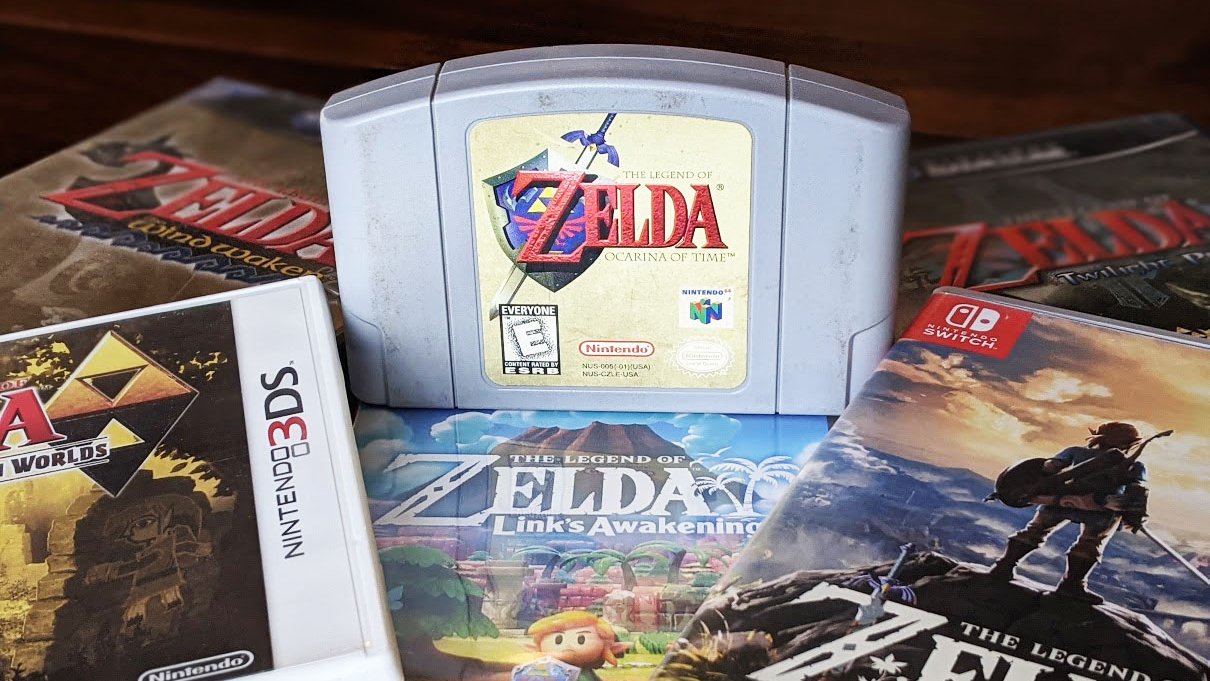
For over 35 years, the Legend of Zelda franchise has been going strong, taking players to the mythical Hyrule on unforgettable adventures time and again. The formula for this series has constantly evolved into something better with each entry, and as some all-time games lists will tell you, it features some of the best games ever made. While not every game can be Ocarina of Time or Breath of the Wild, each new Zelda game offered something new to the franchise through new mechanics, storytelling, or hardware. We all have our favorites, but which of these games earns the highest rank?
We've taken on the difficult task of ranking each Legend of Zelda game so far.
What's in a rank?
When it comes to The Legend of Zelda series, there really isn't a bad game. Each is pretty unique in its style, puzzles, story, and overall delivery. When ranking these games, we have a lot to consider other than our personal favorites. For example, it was a little unfair to include graphics since something released on the Game Boy won't be able to go toe-to-toe with a game on the Nintendo Switch. Plus, it can be difficult to get your hands on some of these games if you don't have access to the original release or older consoles.
We've taken under consideration playability, cultural impact, availability at the time, accessibility, story, characters, critical acclaim, and which entries stood the test of time. While it was difficult to put aside personal bias, we did finally agree upon this order. Of course, as time passes, this list may change as newer games forge a different path for this franchise.
Legend of Zelda games ranked: 18 - 13
We'll start this all off by taking a look at the Zelda games that rank lower on our list.
18. The Legend of Zelda: Tri Force Heroes
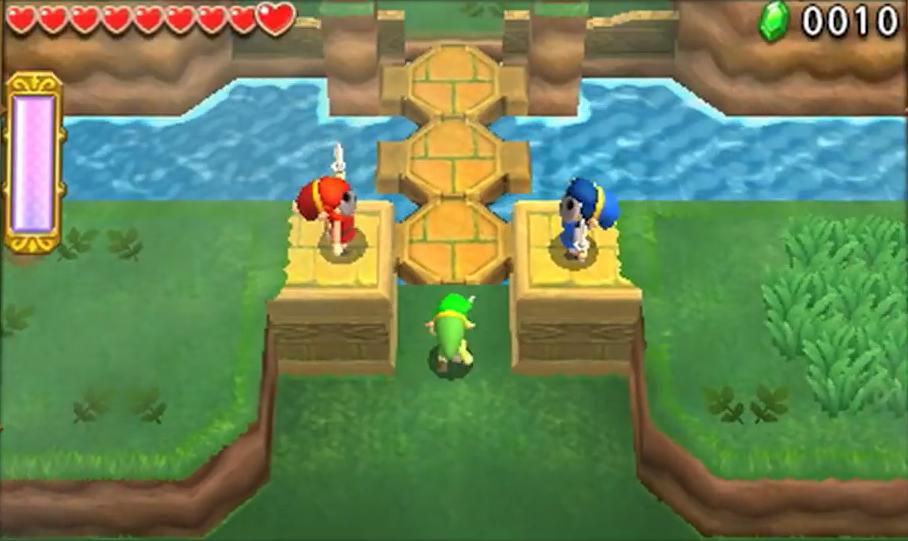
| Category | Information | Header Cell - Column 2 |
|---|---|---|
| Title | Tri Force Heroes | Row 0 - Cell 2 |
| Date | Oct. 22, 2015 | Row 1 - Cell 2 |
| Platform | Nintendo 3DS | Row 2 - Cell 2 |
Rounding out the bottom of our list is a game that had good intentions but was just the wrong game at the wrong time. Tri Force Heroes is actually a direct follow-up to A Link Between Worlds, though you may not know it based on the game's art style and its focus on multiplayer. Link is joined by two other Links throughout his adventure, called Doppels, and the whole game is based around three Links solving puzzles by working together.
We have a soft spot for the cooperative game, but because of the 3DS limited hardware, communication with your teammates was shoddy at best, and the shared life bar meant that you'd pay for your teammate's mistakes. Playing by yourself allowed you to jump between the three Links, but it only made the three-player design feel more like a gimmick and less like a gameplay mechanic. Speaking of multiplayer, you either needed three friends or no friends, and there was no two-player option. In the end, despite Tri Force Heroes' unique, forward-thinking story and focus on multiplayer, the game is ultimately too limited and forgettable.
iMore offers spot-on advice and guidance from our team of experts, with decades of Apple device experience to lean on. Learn more with iMore!
17. The Legend of Zelda: Four Swords
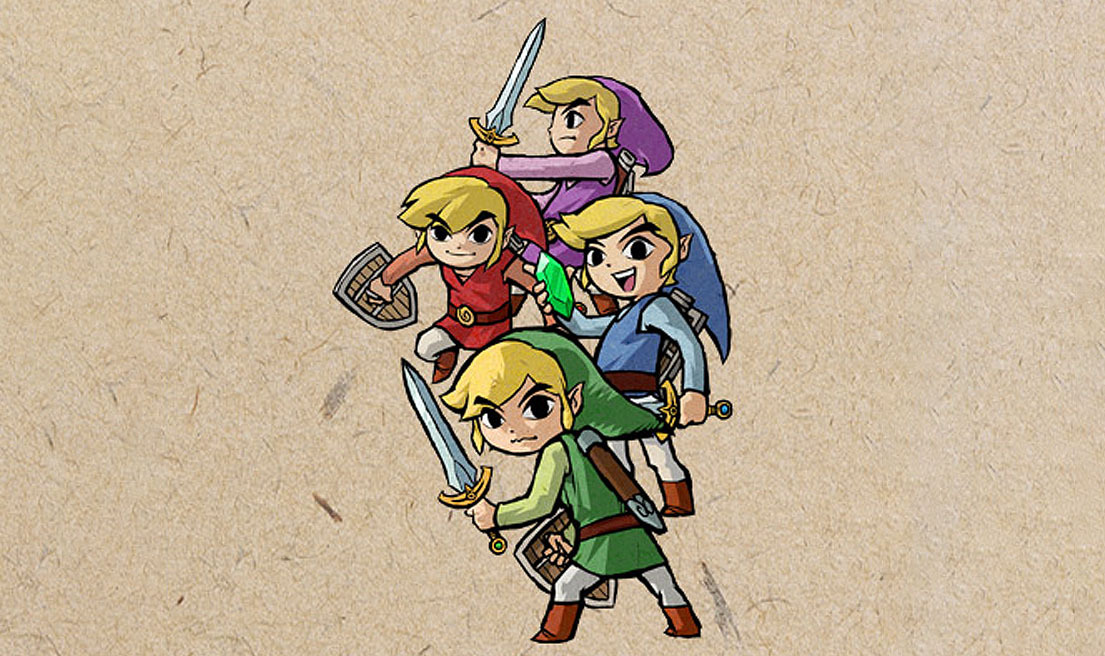
| Category | Information | Header Cell - Column 2 |
|---|---|---|
| Title | Four Swords | Row 0 - Cell 2 |
| Date | Dec. 2, 2002 | Row 1 - Cell 2 |
| Platform | Game Boy Advance | Row 2 - Cell 2 |
The Four Swords was the series' first foray into multiplayer, and it was impressive for the time. Originally released alongside the Game Boy Advance (GBA) version of A Link to the Past, Four Swords contained a whole new multiplayer campaign. Using GBA link cables, four players can connect to one another and dungeon crawl, solve puzzles, and work together while competing for a high score.
While it receives bonus points for being the first true multiplayer Zelda game, the biggest issue with it was just that — you couldn't play it by yourself. You needed at least one other player to access the game. This was fixed in the game's re-release on the 3DS, but because of its loose storyline and focus on dungeon crawling rather than the exploration the series is known for, it ended up not having the legs of other full-fledged entries.
16. The Legend of Zelda: Spirit Tracks

| Category | Information | Header Cell - Column 2 |
|---|---|---|
| Title | Spirit Tracks | Row 0 - Cell 2 |
| Date | Dec. 7, 2009 | Row 1 - Cell 2 |
| Platformer | Nintendo DS, Wii U | Row 2 - Cell 2 |
This handheld Zelda title, which was a direct sequel to both Phantom Hourglass and Wind Waker, is all about trains... for some reason. In Spirit Tracks, Link is just a blue-collar guy, working as an engineer for the Royal family. When Princess Zelda contacts him to investigate some disappearing train tracks, Zelda's body is snatched. She's stuck as a spirit and needs Link's help to set things right.
Spirit Tracks has the makings of a great Zelda game. It's full of humor and it makes use of Zelda as a second protagonist, something that doesn't happen often enough in Zelda games. However, our biggest complaint comes from the controls. We were never a fan of Nintendo's wacky control schemes, and while the touchscreen controls work, they never felt as comfortable as using regular old buttons. Traveling across the overworld by train was fun, but never as fun as flying or sailing.
15. The Legend of Zelda: Phantom Hourglass
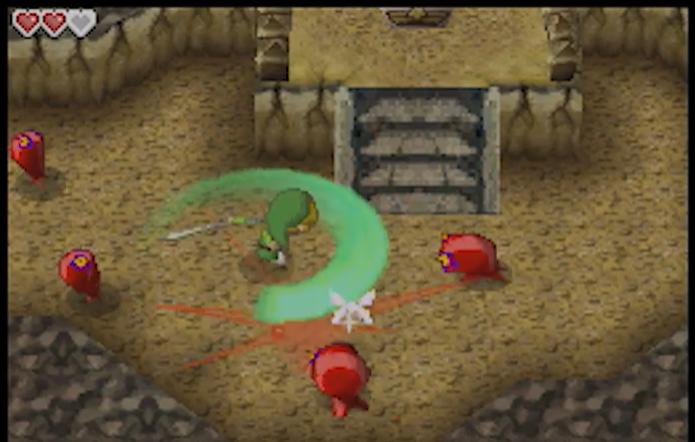
| Category | Information | Header Cell - Column 2 |
|---|---|---|
| Title | Phantom Hourglass | Row 0 - Cell 2 |
| Date | June 23, 2007 | Row 1 - Cell 2 |
| Platform | Nintendo DS, Wii U | Row 2 - Cell 2 |
Phantom Hourglass is the handheld successor to The Wind Waker and earns a spot just above its sequel. Tetra has been kidnapped by an evil Ghost Ship, and it's Link's job to save her. He jumps aboard Captain Linebeck's ship and heads off to find the spirits of Courage, Wisdom, and Power to find his friend again. Like any other game in the series, it has puzzles, exploration, and a fun story. Unfortunately, there's really not much to it otherwise.
Phantom Hourglass utilizes the Nintendo DS's stylus to perform all tasks. You can essentially play this game with one arm tied behind your back. Also, rather than multiple temples, Link has to keep returning to just one. The goal of this game is exploration: checking out islands, finding treasure, and filling your Phantom Hourglass with sand. While it has all the parts of a Zelda game, it just doesn't have a strong narrative or captivating gameplay like others. Sure, the stylus is neat, but much of the game is sailing around pulling up treasure and returning to the same dungeon. There's fun to be had here, but there are definitely better Zelda games to play.
14. Zelda II: The Adventure of Link

| Category | Information | Header Cell - Column 2 |
|---|---|---|
| Title | The Adventure of Link | Row 0 - Cell 2 |
| Date | Dec. 1, 1998 | Row 1 - Cell 2 |
| Platform | NES, Famicom Disk, GameCube, Game Boy Advance, Nintendo Switch | Row 2 - Cell 2 |
Zelda II has always been the black sheep of the series, but the original was a tough act to follow. The second entry in the series introduced RPG and map exploration to the franchise and experimented with side-scrolling, magic spells, and random battles. Unfortunately, not everyone loved these changes. Another issue with the game was its cruel difficulty spikes and extremely unforgiving puzzles. This is what was called a "Nintendo Power" game; areas were so well-hidden that they needed a guide.
That's not to say Zelda II wasn't fun. There's enjoyment to be had here along with the challenges, and it has some of the greatest music in the series. It was a trailblazer in its time and a showcase that Nintendo wasn't afraid to play with the formula. It was also the first game to introduce the infamous Dark Link! While the game may have fallen in the rankings since its release, it is still a good one.
13. The Legend of Zelda: Skyward Sword
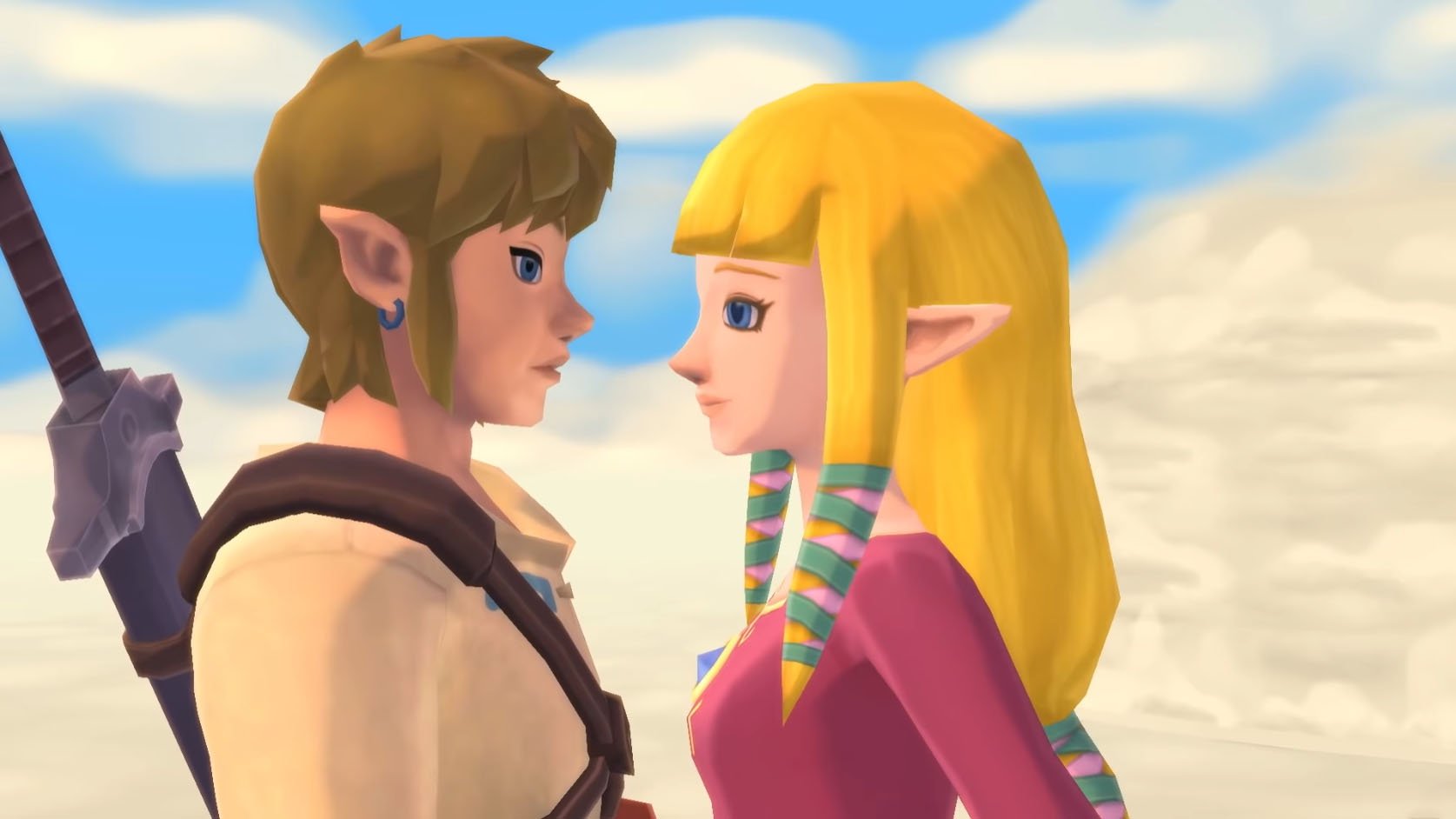
| Category | Information | Header Cell - Column 2 |
|---|---|---|
| Title | Skyward Sword | Row 0 - Cell 2 |
| Date | Nov. 18, 2011 | Row 1 - Cell 2 |
| Platform | Wii, Wii U, Nintendo Switch | Row 2 - Cell 2 |
This Wii-centric entry divided the fan-base. While the sky-inspired adventure introduced some of the mechanics now used in the critically-acclaimed Breath of the Wild, Nintendo needed to iron out the kinks first. In this entry, Link and Zelda are childhood friends living on Skyloft island. Of course, adventure calls these heroes chosen by fate as they must battle the looming evil of the Demon King, Demise.
While this game has plenty of fun puzzles, new mechanics like the stamina bar and repairable weapons, and a whole cast of characters, these innovations were largely ignored because of one flaw: the motion controls. Players were forced to play the game using the Wii MotionPlus controls, and they were finicky at best. Combined with the nunchuck, you were basically at their mercy.
Additionally, Skyward Sword suffered from a lack of things to do. There may have been a whole sky to explore, but it felt very empty. However, if you could look past those flaws, this was a pretty fun game! And with the Skyward Sword HD Remaster coming to Nintendo Switch, Nintendo has tweaked some of these flaws. We'll definitely have to revisit this one.
Sara is the Freelance Coordinator, writer, and editor at iMore. When not editing or writing away, she's glued to her Nintendo Switch, Xbox, or PS5, though she's a retro gamer at heart.

